Quantum leaps, Cadent holds the pace
New Zealand-based bike maker Avanti launched its two flagship carbon fiber road bikes for 2009 in...
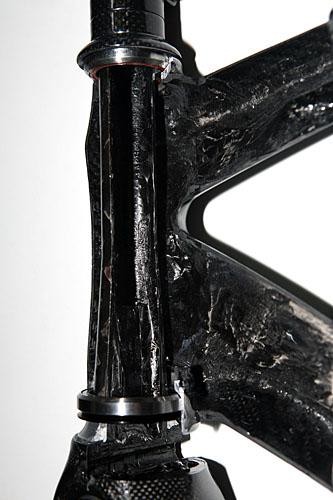
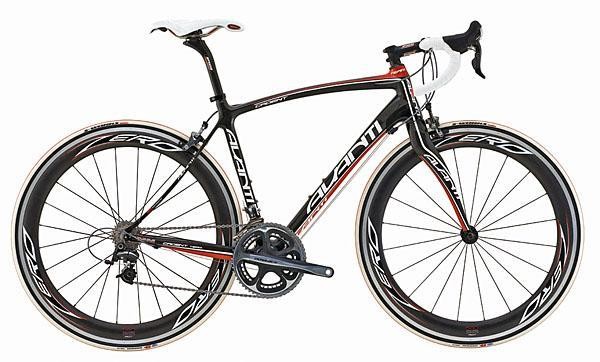
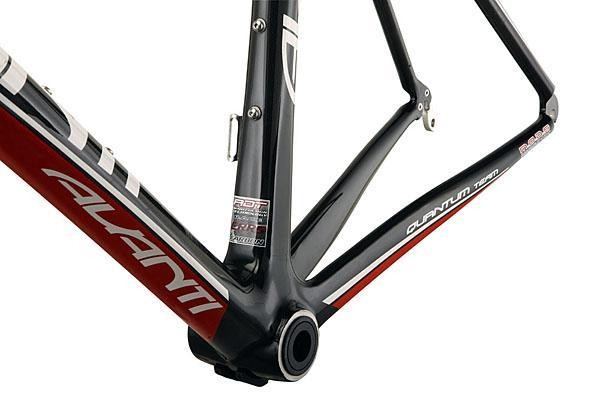
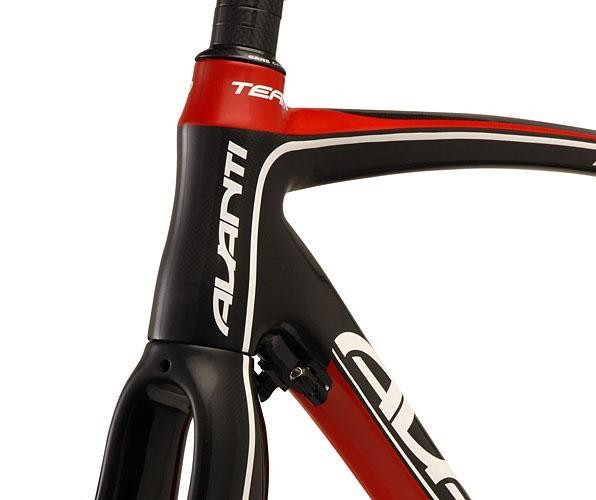
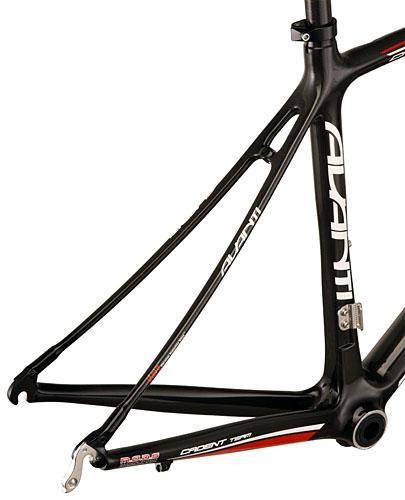

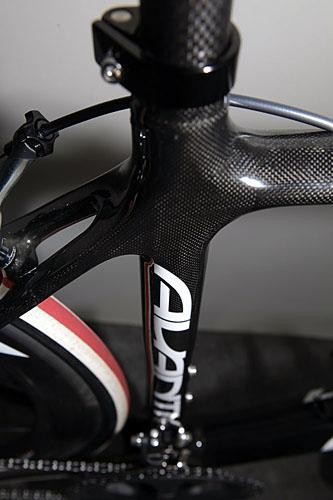
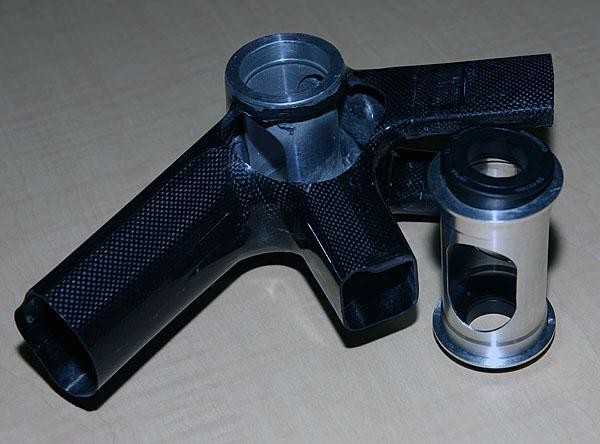
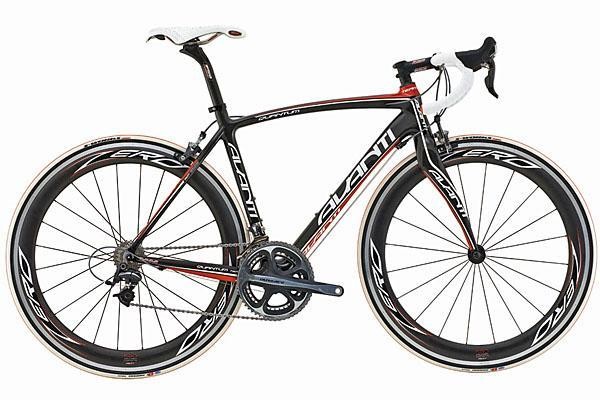






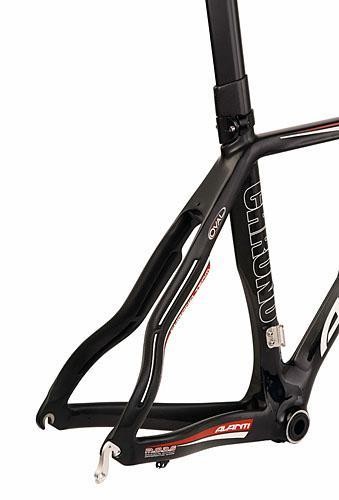
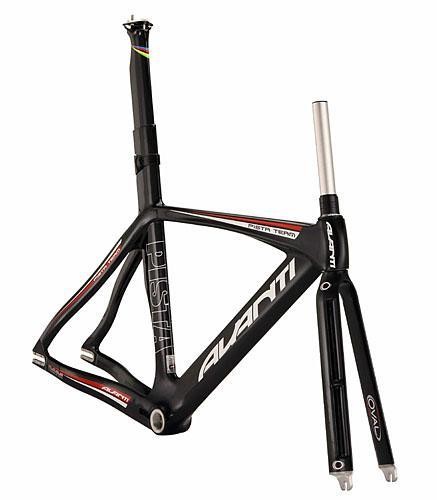



Tech feature: Avanti 2009 preview, August 13, 2008
New Zealand-based bike maker Avanti launched its two flagship carbon fiber road bikes for 2009 in Auckland, New Zealand last Friday. The racing-orientated Quantum is an evolution from the 2008 bike, while the all-new Cadent is a raceable machine with a slightly 'softer' attitude for riders who want something a little more relaxed.
Though it carries over the name of a 2008 model, the Cadent is a completely new bike for 2009. According to Avanti's bicycle product manager Stephen James, it's a road bike with wider appeal than the racing-specific Quantum.
The Cadent differs from the Quantum - and other racing-specific road bikes - in having a longer head tube, longer chainstays, a shallower head angle and slightly more fork offset. The most striking feature of the new Cadent is its thin, curved seatstays, which Avanti claims reduce vibration. The Cadent's taller head tube makes for a slightly more upright riding position and the longer stays mean that, in theory, every bump and buzz isn't telegraphed straight to your bum.
But as well as improving comfort so you finish a ride in better shape - and so that less flexible riders can fit the bike - Avanti has tried to keep the Cadent raceable. The claimed bare frame weight of the Cadent 3 is a respectable 980g while the Cadent Team tips the scales at 920g - the same weights as the equivalent Quantum models.
Other performance-orientated touches on the Cadent include a tapered head tube and steerer with 1.5in lower headset bearing, wide bottom bracket shell and asymmetrical chainstays. The Quantum also gets these upgrades.
Tapered head tubes are everywhere for 2009 so it's no surprise to see them here. One big advantage, according to Avanti's group product manager Kim Struthers, is better routing for the fibers in all-carbon forks. Because the bearing mount is almost as wide as the top of the fork blades, the fibers don't undergo abrupt transitions or turn sharp angles. That improves strength.
The latest race content, interviews, features, reviews and expert buying guides, direct to your inbox!
Other advantages include provision for a bigger down tube, which improves torsional frame rigidity, and better handling because the fork is stiffer.
At the other end of the down tube, Avanti has gone to an 86mm wide bottom bracket shell that takes press-fit Shimano bearings. Again, this allows a wider down tube and therefore increases stiffness in the bottom bracket area. That wide bottom bracket supports unusual chainstays: the right hand stay is bigger than the left. In testing prototypes, Avanti found that the right hand stay was subject to greater loads. To cope, the Quantum has a 43mm tall right hand stay and a 37mm left, while the Cadent has a 40/34mm combination.
Carbon construction
Previous Avanti carbon frames used tube-to-tube construction, with carbon wrap round the joints to hold the frame together. The 2009 Cadent and Quantum mix the two common construction techniques. The front triangle is laid up and moulded in one piece and the separate chainstays and seatstays are then joined to it. Avanti calls this 'modular monocoque' construction because it results in a one-piece structure.
Avanti was relatively late into carbon fiber, launching its first carbon frame in 2004 (though like many other companies it had a frame with carbon tubes and aluminium lugs in the 1990s).
The delay was a result of "wanting to do it right" according to Kim Struthers, but also partly because of a desire to work with local carbon fiber expertise.
Avanti's base in Auckland is home to several manufacturers of carbon fiber sailing masts. Avanti had previously made bikes in Australia and New Zealand before the economies of Taiwanese manufacturing became inescapable. Surely carbon fiber bikes could be made at home?
Sadly, not. "It turned out to be too hard," says Struthers. During the two-year development process that led to Avanti's first carbon bikes, they found that material lead times and responsiveness to design changes were substantially better in the far East.
A case in point was the Pista track frame project, the commercial version of the bike Sarah Ulmer rode to a world record and gold medal in the 3000m pursuit at the 2004 Olympics. Avanti wanted to improve the stiffness and seat clamp design of the frame. Switching manufacture away from Auckland allowed these changes to be made.
Avanti learnt a lot about carbon construction in the development of the Pista and it's fed into the Quantum and Cadence. A down tube failure in a prototype, for example, was a warning that they'd hit the limits of safe light weight.
On the road
We got out for quick rides on the Quantum and Cadent on a rolling and varied circuit in the streets round Avanti's headquarters. It was too short a ride to give more than just first impressions of the two bikes, and especially way too short to assess the all-day comfort claims of the Cadent. Those first impressions are very, very positive though.
The Quantum in particular was a big hit with this rider. This is a razor-sharp handler that's not so lively it demands constant attention. You can cruise along peacefully on it, chatting away, but when the time comes to throw it into some off-camber downhill twisties, or stomp up a hill till the red mist descends, it's right there for you.
This isn't an extraordinarily light frame, though the claimed 920g for the Team is pretty good, and it's perhaps better for it. Some extraordinarily light carbon frames seem to have been designed to be insanely stiff, almost as if to compensate for the way a low gram count implies fragility.
The Quantum doesn't have that super-stiff carbon buzziness of some superlights, just a light-but solid feel that inspires - and rewards - maximum efforts, combined with laser-guided handling.
The Cadent, I must confess, wasn't quite as exciting, but it's not intended to be. It's a more upright, all-day bike that while it has plenty of life and zing, lacks the edge of the Quantum. It's unfair to ride them back to back. The Cadent wants you to sit up, relax and enjoy the ride and my brief acquaintance suggests that if you did that it'd happily carry you as far as your legs and food supply will propel you.
Track & time trial machines
Avanti also has a new time trial and triathlon frame, the Chrono, and a track frame, the Pista. Wind tunnel testing of the Chrono has resulted in a bike that's 57 seconds/hour faster than the 2008 model, according to Avanti, thanks to slotted Jetstream stays, internal cable routing and other refinements.
Avanti worked with Morgan Nicol of Oval Concepts in the San Diego Low Speed Wind Tunnel on the design of the Chrono. Managing director John Struthers admitted he wasn't sure the company would ever recoup the development cost of the Chrono, but it was clear everyone at Avanti was immensely proud of the very slippery-looking result.
Prices & availability
Avanti bikes are currently only distributed in Australia and New Zealand, though there were hints in the air that might be about to change.
The Quantum range starts at AU$2,499.95 (NZ$2,999.95) for the Shimano 105-equipped Quantum 1.0. The Ultregra-equipped Quantum 2.0 is AU$2,999.95 (NZ$3,699.95) while the Quantum 3.0 with Shimano Ultegra SL is AU$4,599.95 (NZ$5,499.95).
The range is topped by three versions of the Quantum Team. AU$7,999.90/NZ$9,999.90 gets you the Shimano Dura-Ace and SRAM Red incarnations, while for a distinctly eye-watering AU$10,999.95 you can have it with Campagnolo Super Record 11-speed.
There's a specification and price equivalent in the Cadent for each Quantum model, from the AU$2,499.95 Cadent 1.0 all the way to the Cadent Team Campagnolo at AU$10,999.95.